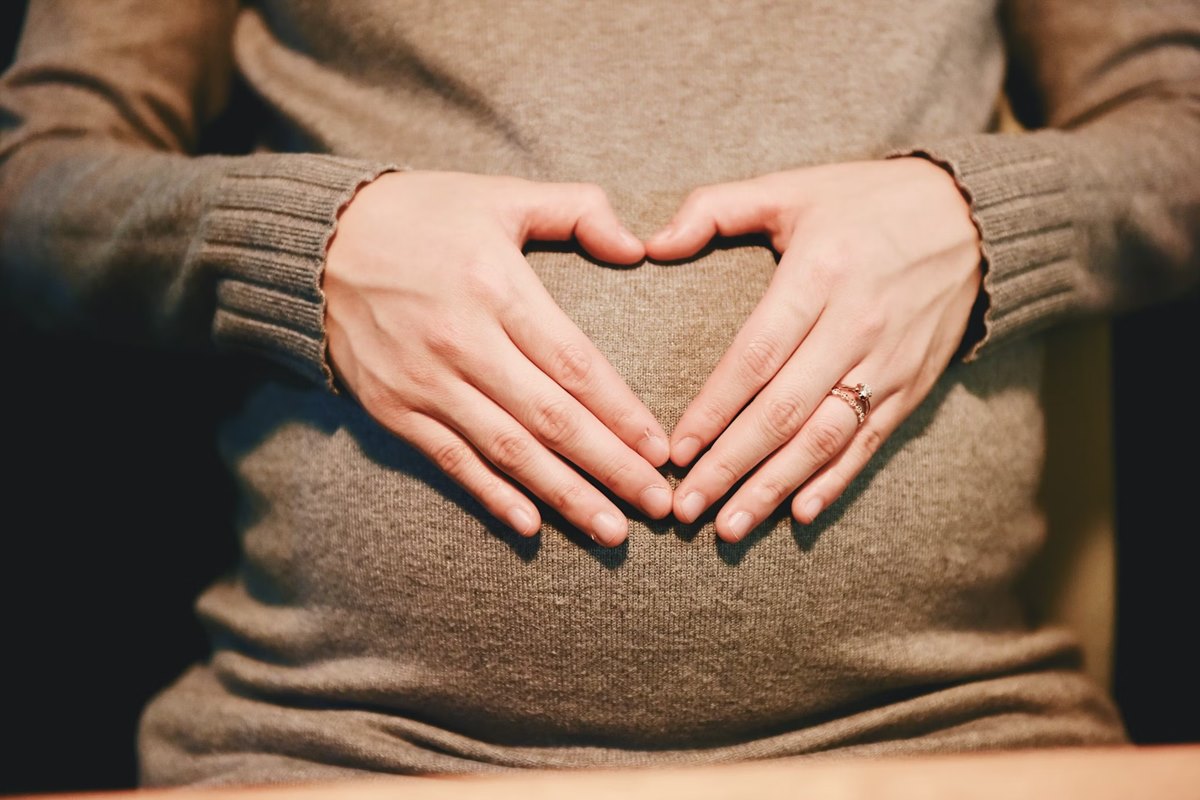Toxic Air
Air pollution in ten Indian cities assumed alarming proportions and was linked to deaths of 33,000 people every year between 2008 and 2019, a study published on 6 July 2024 in the Lancet Planetary Health Journal points out.
Discover the latest study revealing a connection between household chemical exposure and decreased odds of pregnancy. Learn more about the impact of ubiquitous phthalates on reproductive health.

Representation image
According to research conducted by a University of Massachusetts Amherst environmental and reproductive epidemiologist, exposure to phthalates—plasticizing and solvent chemicals found in various household items—was linked to a decreased probability of having pregnant odds, although not associated with pregnancy loss.
The study, recently published in the journal Environmental Health Perspectives, also highlighted a connection between preconception exposure to phthalates and alterations in women’s reproductive hormones, along with heightened inflammation and oxidative stress.
Lead author Carrie Nobles, assistant professor of environmental health sciences in the School of Public Health and Health Sciences, emphasizes the pervasive nature of phthalates as ubiquitous endocrine disruptors encountered in daily life.
Advertisement
Phthalates are present in common products such as shampoo, makeup, vinyl flooring, toys, and medical devices. Exposure primarily occurs through the ingestion of food and liquids that have come into contact with phthalate-containing products, as indicated by a Centers for Disease Control and Prevention fact sheet.
The research team analyzed data from the preconception time-to-pregnancy study, EAGeR (Effects of Aspirin in Gestation and Reproduction), a unique cohort comprising 1,228 participants attempting to conceive over six menstrual cycles. The study provided detailed information on menstrual cycles, ovulation dates, and pregnancy timing and odds.
Nobles notes, “We were able to look at some environmental exposures like phthalates and how that relates to how long it takes to get pregnant. Detailed data for each menstrual cycle provided a good handle on the date of ovulation and the timing of pregnancy when it occurred.”
The body metabolizes phthalates into compounds excreted in urine, and analysts can examine them. The researchers measured 20 phthalate metabolites in urine samples collected at the study’s onset.
“We found there were three parent compounds that seem to be most strongly associated with taking longer to get pregnant, although we saw a general trend toward it taking longer to get pregnant across the phthalates we looked at,” explains Nobles. “As exposure got higher, we saw more and more of an effect.”
The study also examined C-reactive protein, a global marker of inflammation, revealing that women with higher phthalate exposure levels also exhibited increased inflammation and oxidative stress, which can lead to organ and tissue damage.
Furthermore, women with elevated phthalate levels showed lower estradiol and higher follicle-stimulating hormone throughout the menstrual cycle, crucial factors in ovulation and early pregnancy establishment.
“This profile—estradiol staying low and follicle-stimulating hormone staying high—is actually something that we see in women who have ovarian insufficiency, which can happen with age as well as due to some other factors,” notes Nobles. “Ovulation just isn’t happening as well as it used to.”
Although women can opt for phthalate-free products, their widespread presence makes it challenging to control individual exposure. Europe bans or restricts certain phthalates, but the U.S. does not have formal prohibitions. Nobles suggests that these research findings contribute to the growing evidence of phthalates negatively impacting women’s reproductive health and can inform policymaking.
“Maybe we want to think differently about our regulatory system and how we identify important exposures that are having adverse effects on whether people can get pregnant and have a healthy pregnancy,” suggests Nobles.
Advertisement